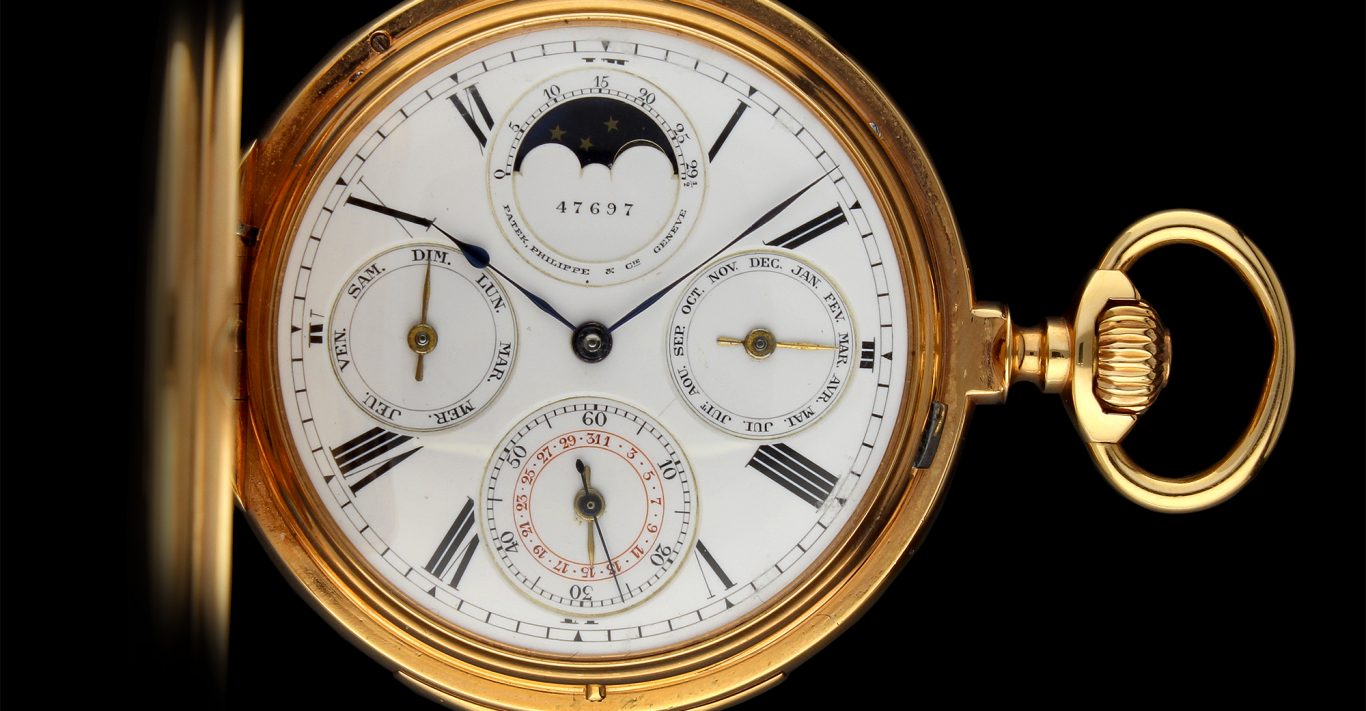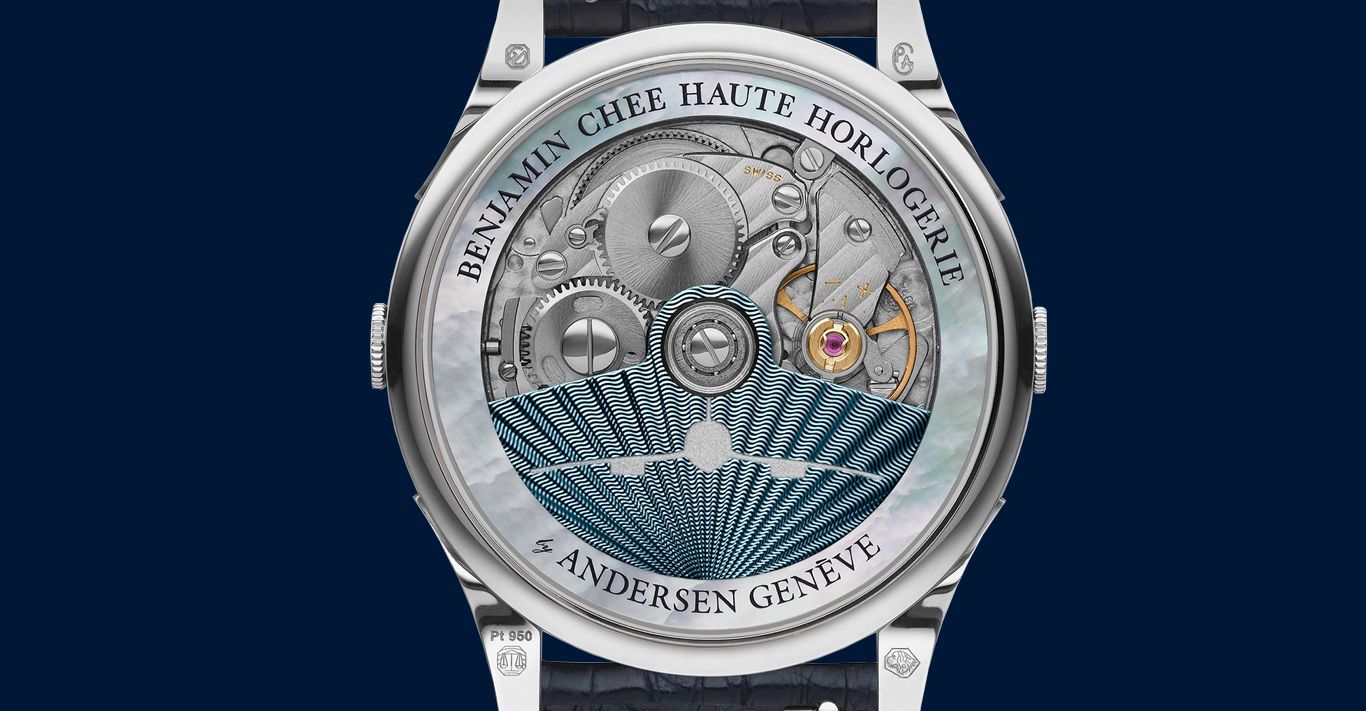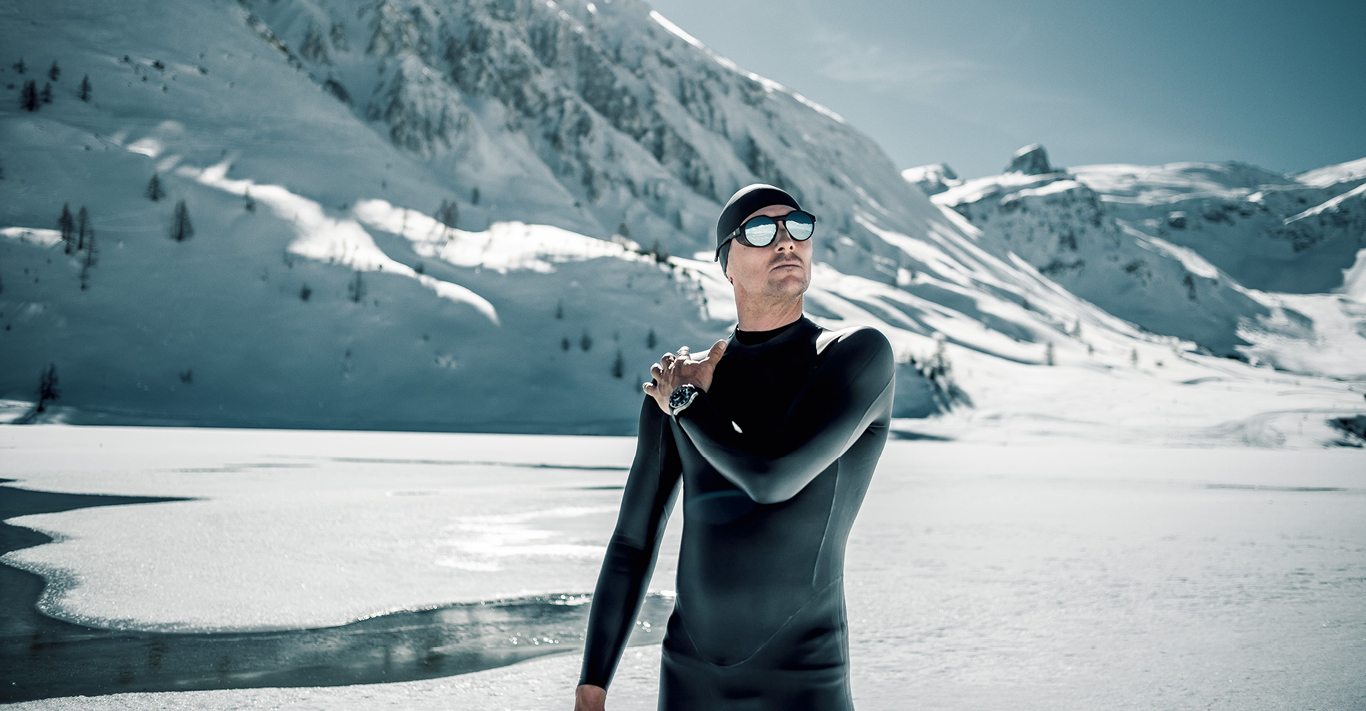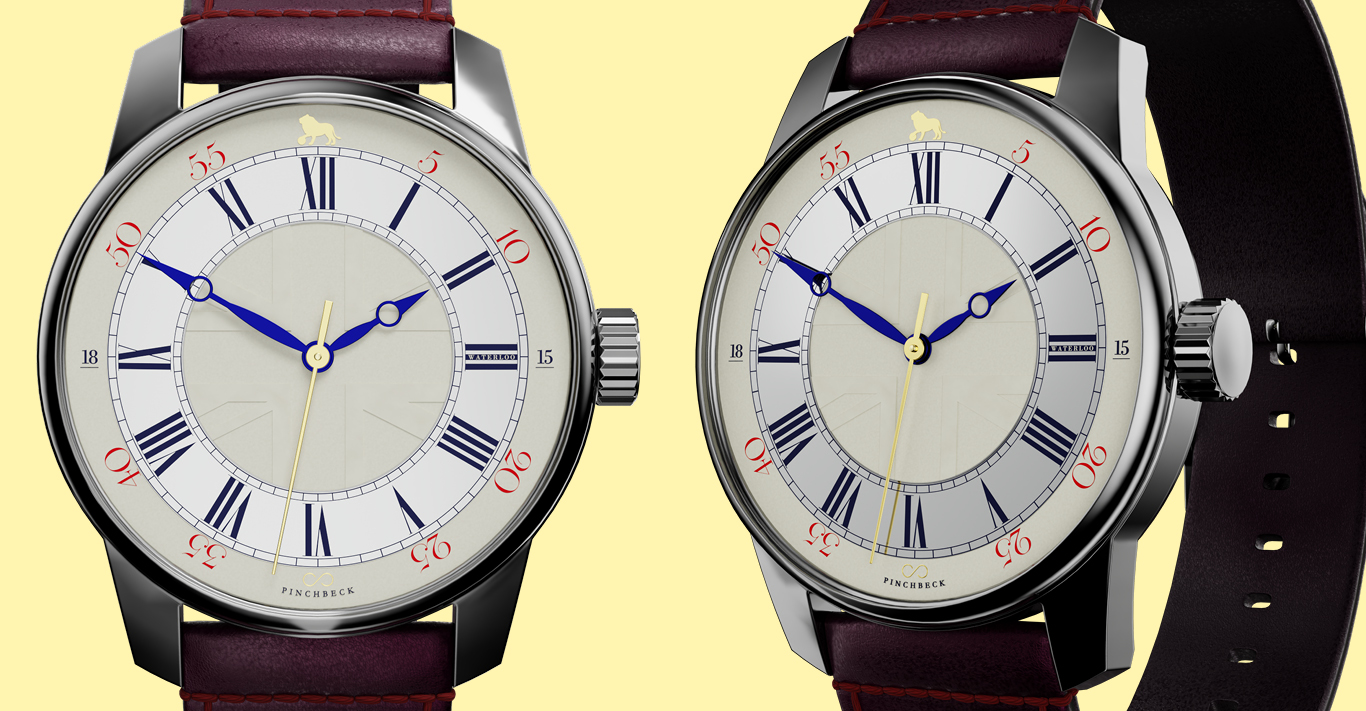WORDS
Jemima Wilson
David Duggan
Founder and proprietor, David Duggan Watches
How did you start working with vintage watches?
I started working with rare vintage coins and pocket watches in 1975. I always admired wristwatches, so in 1983 I started my own business, and vintage wristwatches were the natural progression.
Is there a difference between a vintage and a pre-owned watch?
A pre-owned watch can literally be a week old, which often happens when people bring in unwanted gifts that are almost brand new. Any watch over 25 years old, I would call vintage.
What’s the charm of a vintage watch for you?
It’s always interesting to think of who’s worn it in the past and what the world was like then. I love the craftsmanship of vintage pieces, as they spent more labour time on the vintage watches than they do on the modern ones. But even modern watches keep going back to designs of the 40s and 50s.
Why are vintage Tudor watches notoriously so difficult to source?
Tudor watches were made in small numbers because Rolex was the watch everyone aspired to own. Rolex used to use Tudor to experiment, and if it worked on Tudor then Rolex would incorporate it into their watches. People would wear a Rolex on special occasions and a Tudor the rest of the time so it’s harder to find older pieces that are not so worn and in really good condition.
How can you tell if a vintage piece is genuine?
Copies today are very good, so you should always buy from a reputable dealer. For example, 20 years ago, you could usually tell a fake if the dial was a bit too clean, but nowadays they get the dials faded, so it’s very hard to tell.
Which vintage pieces are you most excited about at the moment?
A Tudor Chronograph reference 7032/0 that’s one of only seven known with a black dial. It’s in wonderful, original condition – the holy grail of the Tudor Chronograph.
It’s always interesting to think about who has worn a vintage watch in the past
Dean Harding
Manager, The Watch Club
What does your role at The Watch Club entail?
My role and that of The Watch Club is to be more than just a location where customers can buy watches. We are specialists in the vintage sector and our role as a reputable dealer is to ensure that we are by the client’s side every step of the way to ensure they are getting the most of their purchase.
What are the advantages of buying a vintage watch rather than a new model?
We specialise in Rolex and Patek Philippe watches, and where Rolex is concerned, one makes an immediate investment. They are pieces that have had a significant time to increase in value through auction etc. Modern Rolexes are also good purchases but don’t necessarily mean you will see an immediate return.
What key things should you look out for to ensure a piece is genuine?
The box and papers the watch comes with are important, as well as the originality of the dial, hands, case and glass. Bringing the piece into a reputable dealer is essential, as a novice would not necessarily know what to look out for. One can most certainly enquire via the internet, but you can be overwhelmed with advice and can easily be misled.
Are there any vintage pieces currently in your shop you’re particularly excited about?
We have a rare Zenith Daytona with a porcelain dial that we’re keeping off our website for now to wait and see how its value will progress.
Daniel Somlo
Manager and watchmaker, Somlo Antiques
Tell us a bit about Somlo and the type of vintage watches you specialise in.
We deal with several high-end watch brands including Patek Philippe, Cartier and Vacheron Constantin, as well as antique pocket watches from some of the biggest names in horological history, spanning more than 500 years. We also represent Omega as the only official vintage Omega boutique in the world.
Which Omega models are particularly covetable for collectors at the moment?
There are followings for many of the various vintage Omega lines but the clear winner is the Speedmaster. This timepiece was the first watch worn on the moon and bears a design inspired by the dashboard of Italian sports cars. Interestingly enough, it is the references that pre-date the moon landings that have the biggest appeal.
What are your standout models?
Our stock covers hundreds of years of horological innovation, but standout pieces would include an incredibly early English pocket watch by John Snow dated around 1630; a wonderful Patek Philippe minute-repeater perpetual calendar; and a very rare, platinum, skeletonized Omega De Ville wristwatch (one of only 10 produced).
Do vintage watches usually require any special maintenance once they’ve been bought?
The watch should be serviced every three to five years depending on its use, as with most modern watches. Additionally one should never risk taking a vintage watch anywhere near water, even with diving watches.
What’s the most memorable or interesting piece to pass through your boutique and why?
We currently have a magnificent piece of English horological history by the famous company S Smith & Sons. Made in 1904, it’s a large, open-faced gold pocket watch with an incredibly rare English lever tourbillon. This watch achieved outstanding results from the Kew Observatory trials and is rated Class ‘A’ for its accuracy.




